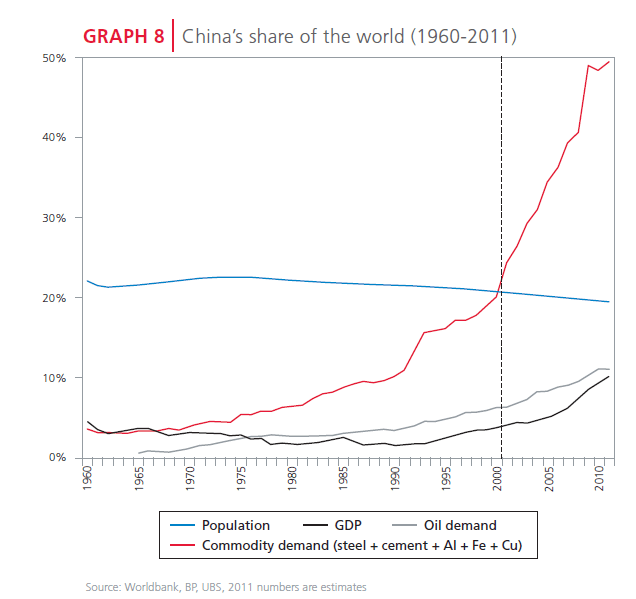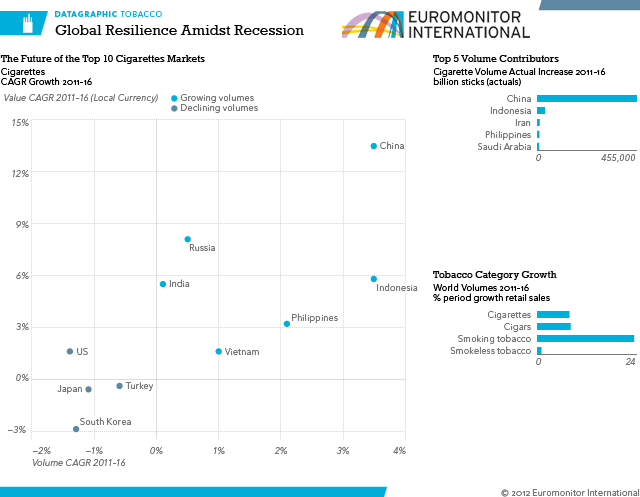Knowledge is Power: Federal Tax Dollars, German Lessons, Brazil Edition
Nationalised family, privatised state
U.S. poverty rates higher, safety net weaker than in peer countries
How democracy begins: Evidence from colonial British America
Policy Basics: Where Do Our Federal Tax Dollars Go?
36 weird economic indicators that you’ve never heard of
How to profit from Brazil’s infrastructure splurge
Musee du Louvre, Paris, France
China’s Share of Global Population vs. GDP, Oil Demand and Commodity Demand
The world’s total population was about 6.9 billion in 2011 out of which 1.3 billion people live in China. So about one in five people in the world are Chinese. But China’s population has been declining since the mid 1970s primarily due to the country’s One-Child Policy. According to one estimate, by 2050 India is projected to overtake China as the world’s most populous country.
Click to enlarge
Source: Quarterly Commentary 2, Allan Gray Investment Management, South Africa
While China’s population has been declining China’s share of the global GDP has been rising steadily since the early 1990s. Accordingly China’s share of global consumption of oil has also been increasing. Compared to oil China’s consumption of other commodities is significantly higher. Specifically as shown in the above chart, China consumes a large portion of the global supply of steel, cement, aluminium, iron ore and copper. China accounts for about 40 to 50% of the global supply of these commodities. Much of these commodities is used in the construction of the modern infrastructure. About half of China’s GDP is spent on fixed capital formation. Since infrastructure development cannot go on forever, the Chinese demand for the five commodities may have reached a peak already. In fact, China’s demand for the commodities may even decline from current high levels. Hence investors betting on continued rise in global commodity prices may want to be cautious.
Related ETFs:
iShares GSCI Commodity-Indexed Trust (GSG)
United States Commodity Index Fund (USCI)
PowerShares DB Commodity Index Tracking Fund (DBC)
iShares FTSE/Xinhua China 25 Index Fund (FXI)
EGShares China Infrastructure Index Fund (CHXX)
Disclosure: No Positions
Knowledge is Power: Aussie banks, Super-Cycle, Recovery Edition
Commodities – beyond the super-cycle
When was it obvious our recovery would be so slow? (questions that are rarely asked)
Aussie banks worth more than Europe’s combined
Think twice before jumping on gold’s bandwagon
Long Term Unemployment is the Crisis of Our Time
Where Are You in the Economic Strata?
Click to enlarge
Magdeburg Water Bridge, Germany
Chart: The Future of Top 10 Global Tobacco Markets
Here is an interesting chart on the future of the Top 10 Tobacco markets:
Click to enlarge
Source: Euromonitor International
Also checkout:



